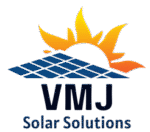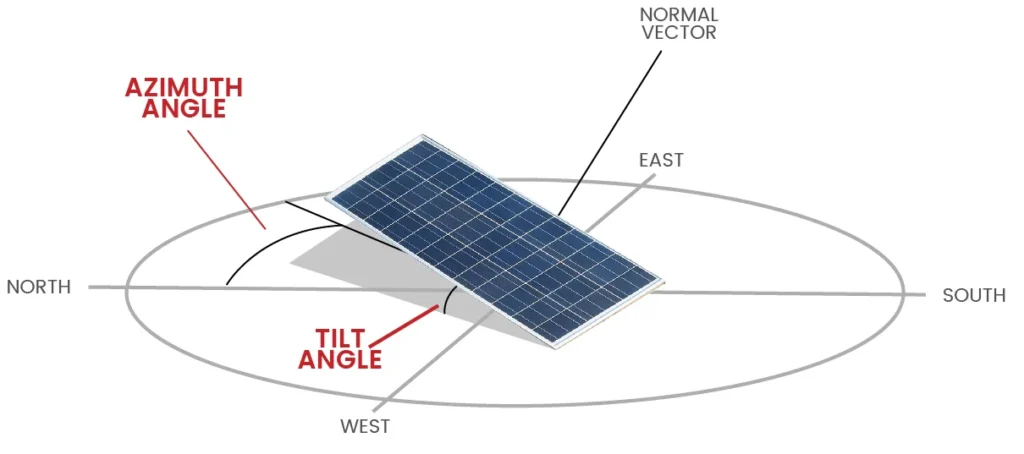At VMJ Solar, one of the most common questions we get is: “What angle should my solar panels be installed at? And does direction really matter?” The short answer is yes—angle and direction directly affect how much sunlight your system captures and, ultimately, how much power you generate. Let’s break it down.
Why Angle Matters in Solar Panels
Solar panels work best when sunlight hits them at a perpendicular angle. If the tilt is too flat or too steep:
- Energy production decreases
- Dirt and water may accumulate more easily
- Long-term efficiency and return on investment drop
General Rule for Solar Panel Angle
A widely used rule of thumb is:
Solar panel tilt ≈ your location’s latitude
For example, if your latitude is 20°, then a tilt close to 20° usually works best for year-round performance.
Does Direction Matter?
Yes. Direction (also called azimuth) is just as important as angle.
- South-facing panels (in the Northern Hemisphere) generally capture the most sunlight throughout the day.
- East-facing panels maximize energy in the morning, while west-facing panels generate more in the late afternoon.
- Dual-facing or east-west arrays can be useful if you want to balance production across the day.
Seasonal Angle Adjustments
For fixed rooftop systems, panels are installed at a single optimal angle. But for ground-mounted or adjustable systems, you can tweak the angle for better seasonal performance:
- Summer: Slightly flatter tilt to catch higher sun
- Winter: Steeper tilt to capture lower sun and reduce snow/dust buildup
Modern Technology Advantage
Today’s advanced systems (like solar trackers) adjust panel tilt and direction automatically throughout the day, ensuring maximum efficiency. While trackers are more common in large commercial projects, they’re slowly becoming more accessible for residential use too.
VMJ Solar’s Perspective
At VMJ Solar, we optimize every project by considering:
- Roof structure and orientation
- Shading from trees or nearby buildings
- Local weather conditions
- Your specific energy needs
We don’t believe in a “one-size-fits-all” approach. Instead, we design systems where angle and direction work together for maximum energy output and savings.
FAQs
1: What’s the ideal solar panel direction?
For most homes in the Northern Hemisphere, south-facing is the most efficient.
2: Can east- or west-facing panels still work?
Yes, they may produce slightly less total energy but can help match your energy use patterns better.
3: Is it worth investing in adjustable mounts or trackers?
For homeowners, fixed-angle systems are usually enough. Trackers make more sense for large-scale solar farms.
4: What happens if my roof doesn’t face south?
Panels can still be effective on east or west roofs. Our design team at VMJ Solar ensures your system is optimized for your specific roof.
Conclusion:
The best angle and direction for your solar panels depend on your location, roof, and energy needs. At VMJ Solar, we make sure your panels are installed for maximum sunlight, maximum savings, and maximum performance—because every degree matters.

